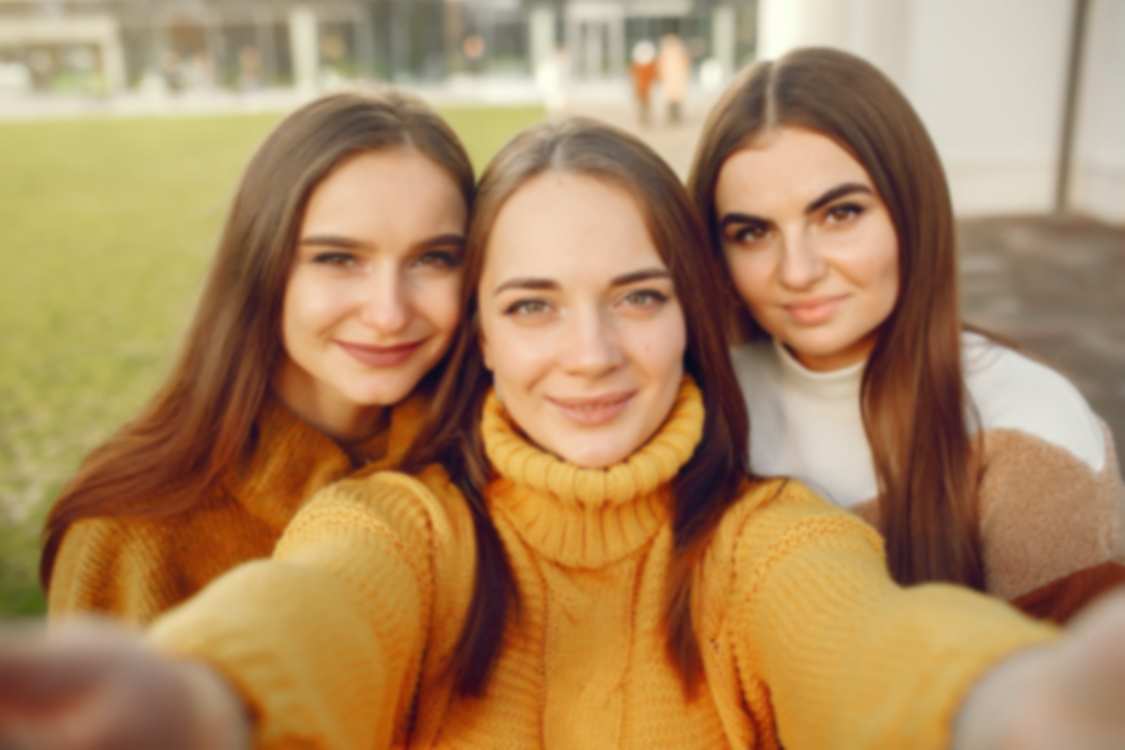Cloudinary continues to add Generative AI innovations to its Programmable Media product with its latest offering: Generative Restore. This new tool uses Generative AI to correct old and damaged images. Whether dealing with user-generated content, vintage photographs, scanned images, or pictures damaged by over-compression, Generative Restore can bring what was once difficult to see into view.
Try out Generative Restore and other cutting-edge features at our new Generative AI Playground.
Generative restoration is a sophisticated process of scrutinizing images for imperfections like compression artifacts and scratches. Restoring a damaged image is a two-step process. First, generative AI utilizes a restoration model to recover the original image details that might have been lost during past processing. Next, a generative refinement model is applied to enhance the damaged areas thereby restoring the image. The removal of artificially introduced and original noise significantly improves image quality.
1. Severe compression artifacts. Generative Restore excels at eliminating the artifacts that plague heavily compressed images, eliminating the unsightly imperfections.
2. Noise reduction. Grainy images can ruin the user experience of your sites. Generative Restore reduces noise, transforming grainy visuals into crisp, clear, more professional-looking images.
3. Image sharpening. Generative Restore removes blurriness by sharpening fuzzy edges.
The Generative Restore feature is called via the gen_restore transformation command in our SDKS (or e_gen_restore in the URL API).
Some examples and code to see it in action.


You can combine Generative Restore with the improve (or e_improve) effect for impressive results. While Generative Restore tackles compression artifacts, the improve effect enhances color, contrast, and brightness.


For more information on Generative Restore, check out the complete documentation or try the demo. This feature is currently in beta, so please read the usage notes.
1. Enhancing user-generated content (UGC). User-generated content often suffers from over-compression, especially when captured by amateur photographers. By combining Generative Restore with e_improve, you can elevate the quality of UGC images.
2. Restoring old images. Vintage and historical photos scanned for use in websites and apps, such as news and entertainment platforms, can benefit immensely from Generative Restore.
3. Correcting damaged images. In many instances, the original image is nowhere to be found. Derivative images suffer from over-compression or other production-related damage. Generative Restore can salvage these assets to their original state.
Generative Restore by Cloudinary is a powerful tool for anyone dealing with old, damaged, or poorly compressed images. With the power of generative AI, you can revive your visuals, eliminate imperfections, and ensure your content stands out. Whether you need to improve vintage images for historical preservation or enhance modern user-generated content, Generative Restore empowers you to achieve great results effortlessly. Sign up today for a free Cloudinary account.
Want to discuss the topic of this blog in more detail? Then head over to the Cloudinary Community or its associated Discord and get all your questions answered.



